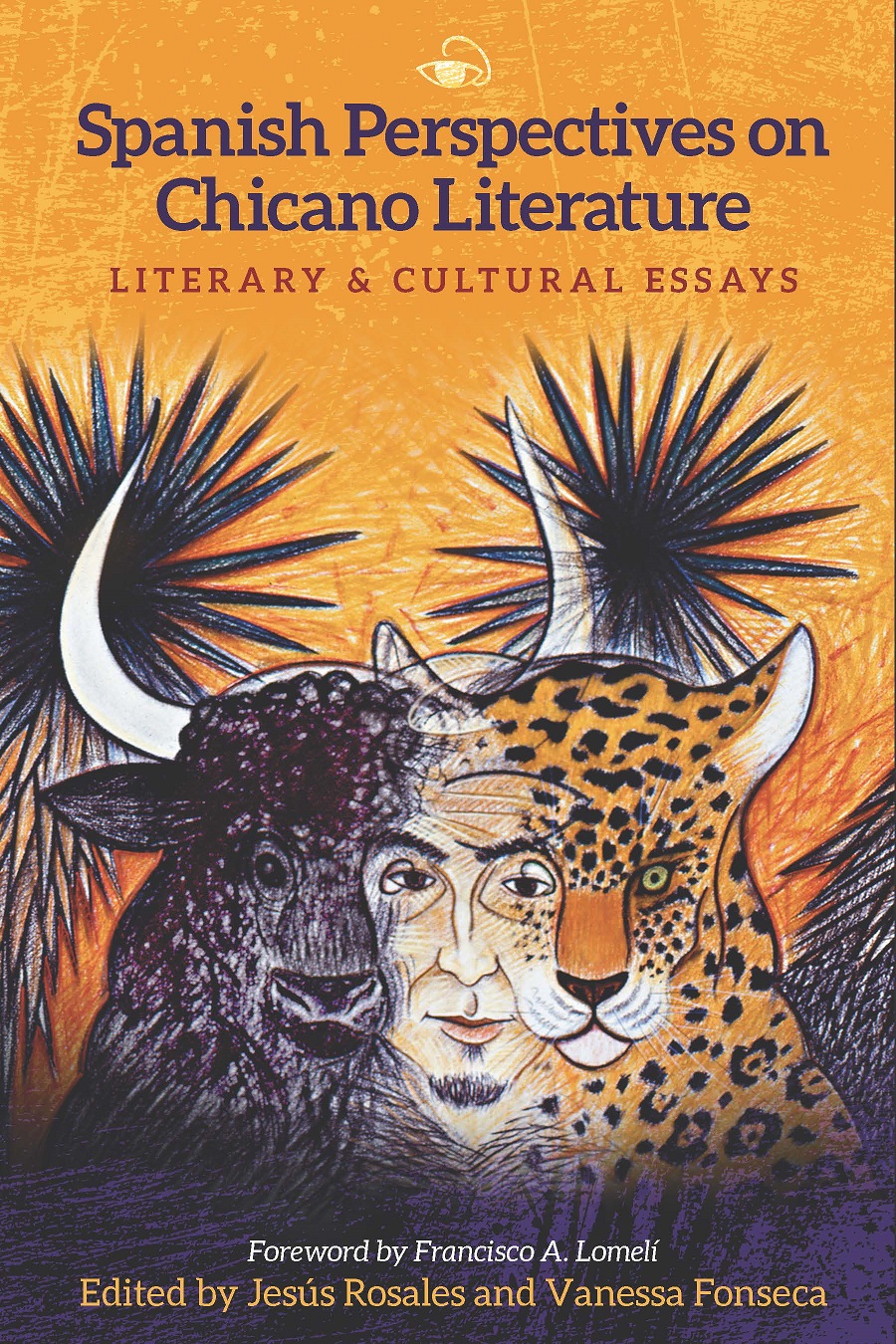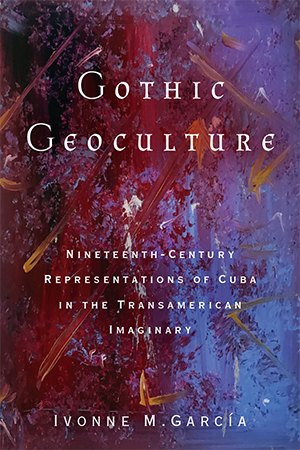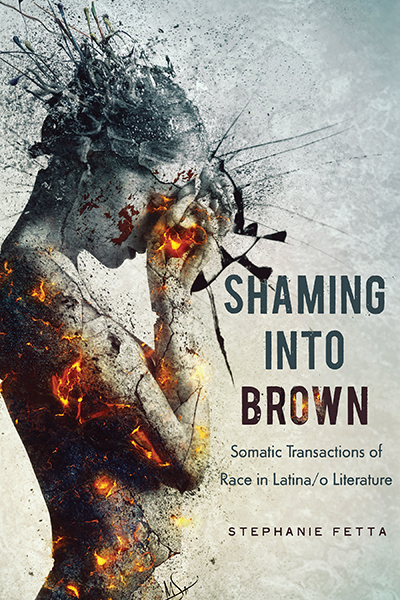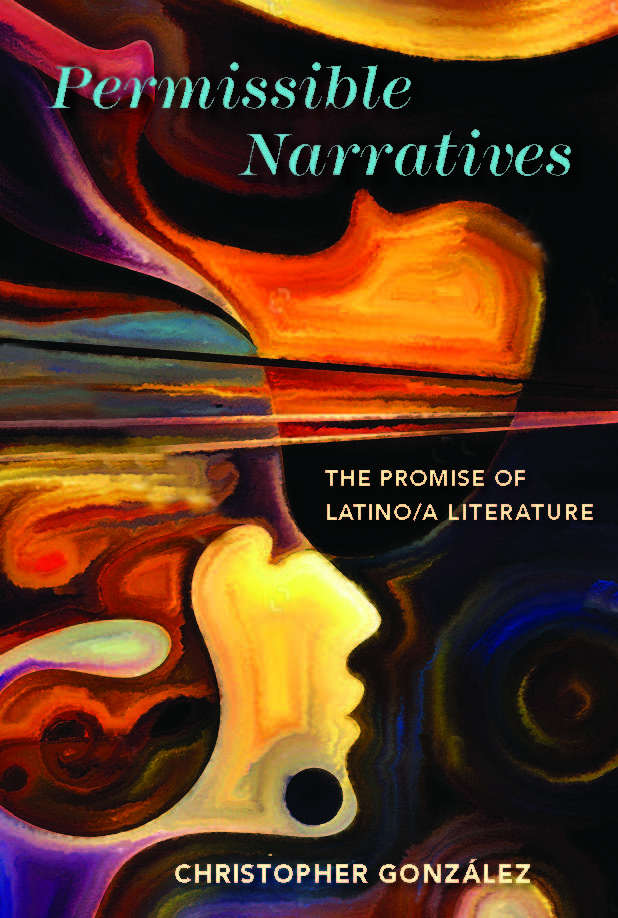“Gothic Geoculture shows how literary tropes informed visions of Cuba during a time when US imperial desires were focused on the island, its resources, and its people. This book, which considers writers from both Cuba and the United States, is an important contribution to scholarship on literature and imperialism in the nineteenth-century Americas.” —Rodrigo Lazo
“The relationship of Cuba and the United States, linked by slavery and attraction and fear, is essentially gothic. Professor García’s important and nuanced study of nineteenth century American and Cuban texts helps us to understand where we have been and who we are.” —Charles L. Crow, author of American Gothic
In the nineteenth century, the island of Cuba was a popular site for US travelers, who wrote dozens of travelogues about their experiences. At the same time, Cuban exiles living in the United States, escaping from Spanish colonial repression, wrote about their island and about their US experiences. Within the trove of writings about Cuba in relation to slavery and a rising US empire in the region, Ivonne M. García’s Gothic Geoculture: Nineteenth-Century Representations of Cuba in the Transamerican Imaginary shows how a group of writers, on both sides, used the language of fear to construct gothicizations of the island (and of the United States) through tropes of corruption, doubleness, and monstrosity. García coins the term “gothic geoculture” to show Cuba’s identity in the nineteenth century as existing at the crossroads between colonialism, slavery, and transamericanity. Specifically looking at a period of colonial anxiety between 1830 and 1890, García exposes the ways some writers code Cuba as dangerous and destructive, demonstrating how these transamerican figurations created a series of uncanny simultaneities that expand on and complicate the ways we understand how Cuba and the hemisphere were imagined at that time.
Ivonne M. García is Associate Professor of English at Kenyon College.
Contents
Acknowledgments
Introduction Gothic Geocultures in the Transamerican Imaginary
Chapter 1 Corruptive Gothicscapes: William Cullen Bryant’s Letters of a Traveller and Nathaniel Parker Willis’s Health Trip to the Tropics
Chapter 2 Gothicized Souths: Martin R. Delany’s Blake, or The Huts of America and Louisa May Alcott’s “Pauline’s Passion and Punishment”
Chapter 3 Transgressive Hauntings: Sophia Peabody’s Cuba Journal and Mary Peabody Mann’s Juanita: A Romance of Real Life in Cuba Fifty Years Ago
Chapter 4 Gothic Emplotments: Cirilo Villaverde’s Cecilia Valdés and The Story of Evangelina Cisneros, Told by Herself
Chapter 5 “Inside the Monster”: José Martí’s Decolonial Transamericanity
Conclusion Decolonizing the Gothic
Bibliography
IndexRelated Titles:

Spanish Perspectives on Chicano Literature: Literary and Cultural Essays
EDITED BY JESÚS ROSALES AND VANESSA FONSECA FORWARD BY FRANCISCO A. LOMELÍ




